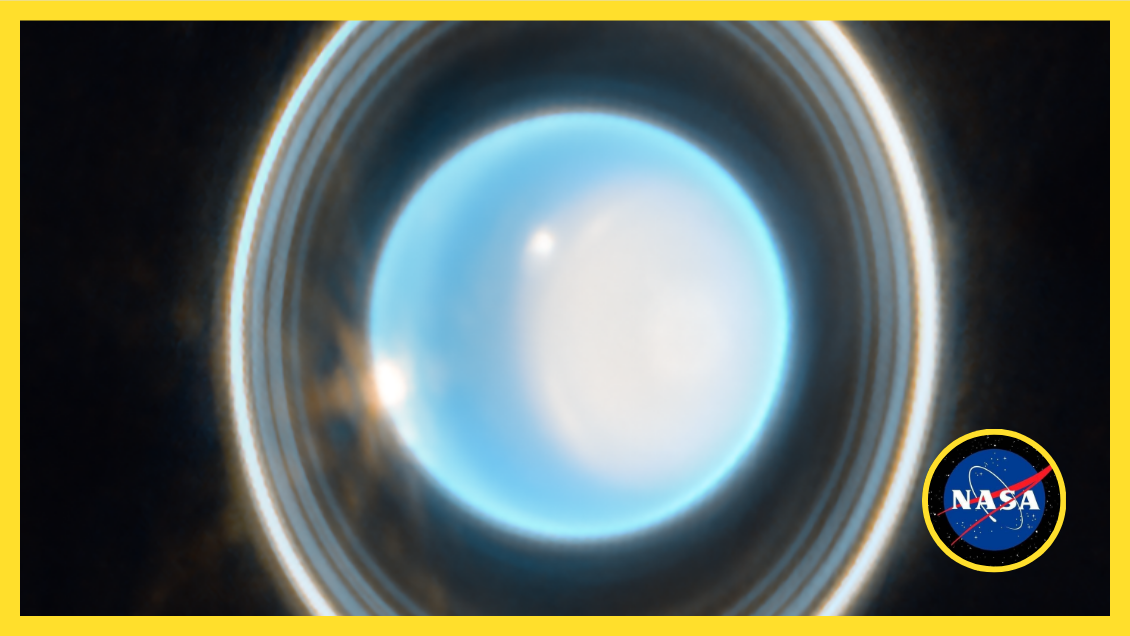Scientists have finally resolved a 40-year puzzle surrounding Uranus. Voyager 2’s 1986 flyby suggested the planet produced no internal heat, unlike other gas giants. However, new research analyzing more than 70 years of data shows Uranus does emit heat—about 12.5% more than it absorbs from the Sun. Voyager 2’s timing, during solstice and a solar event, likely masked the signal. Long-term observations reveal Uranus’s thermal output shifts with its 20-year seasons. This breakthrough strengthens the case for a dedicated NASA mission, which could unravel the planet’s odd tilt, history, and evolution.
Uranus Found to Emit Internal Heat After Decades of Mystery







